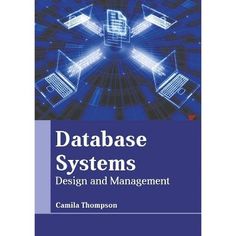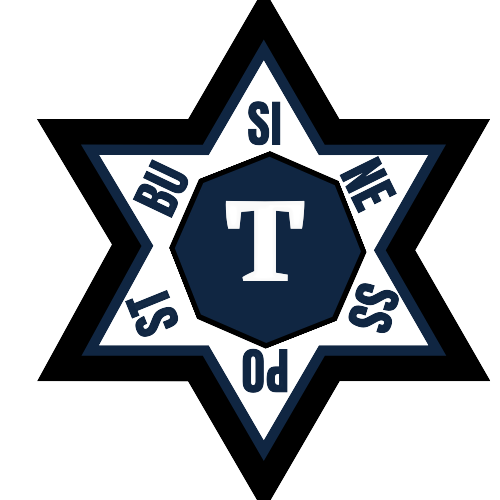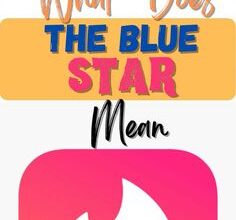The Differences Between Database Management Software

What is database management software? Database management software is a system that enables organizations and individuals to store, search, and manage data. Database management systems are used extensively in business, government, education, science, and many other fields to store information for later retrieval.
What is Database Management Software?
Database management software (DBMS) is a type of software that helps you create, store, manage, and retrieve data from a database. There are many different types of DBMSs, ranging from simple to complex. The type of DBMS you choose will depend on your needs.
If you have a small database, you may only need a simple DBMS. However, if you have a large database, you will need a more complex DBMS. Some of the features you may want in a DBMS include: the ability to create and manage databases, the ability to create and manage tables, the ability to query data, the ability to export data, and the ability to import data.
Choosing the right DBMS is important because it can make working with your database much easier. If you choose a complex DBMS when you only need a simple one, you may find that it is difficult to use. Conversely, if you choose a simple DBMS when you need a complex one, you may find that it does not have all the features you need.
Types of DBMS
There are four main types of database management software: relational, object-oriented, cloud-based, and NoSQL. Each type has its own advantages and disadvantages, so it’s important to choose the right one for your needs.
Relational databases are the most traditional and widely used type of DBMS. They store data in tabular form, which makes them easy to query and update. However, they can be complex to set up and manage, and they’re not well suited for large amounts of data.
Object-oriented databases are newer than relational databases, and they’re designed to store complex data structures. They’re more flexible than relational databases, but they can be difficult to query.
Cloud-based databases are a type of DBMS that runs on a cloud computing platform. They’re scalable and easy to use, but they can be more expensive than other types of DBMS.
NoSQL databases are a relatively new type of database that’s designed for large-scale data storage. They’re highly scalable and provide high performance, but they can be difficult to manage.
Pros and Cons of Different DBMS
There are a few different types of database management software (DBMS) available, each with its own set of pros and cons. Here is a brief overview of some of the most popular ones:
- MySQL: One of the most popular open source DBMS options. Its main advantage is that it’s free to use. However, it can be less reliable than other options and doesn’t offer as many features.
- Oracle: A powerful and feature-rich DBMS option, but can be expensive to license.
- Microsoft SQL Server: Another popular option, especially for businesses that already use other Microsoft products. It offers good reliability and performance.
- IBM DB2: A enterprise-level DBMS option that offers high performance and scalability. However, it can be complex to use and is expensive to license.
What are some popular databases?
When it comes to databases, there are a few that reign supreme in terms of popularity. These include MySQL, Oracle, Microsoft SQL Server, and PostgreSQL. Each of these databases has its own strengths and weaknesses, so it’s important to choose the one that’s right for your needs.



